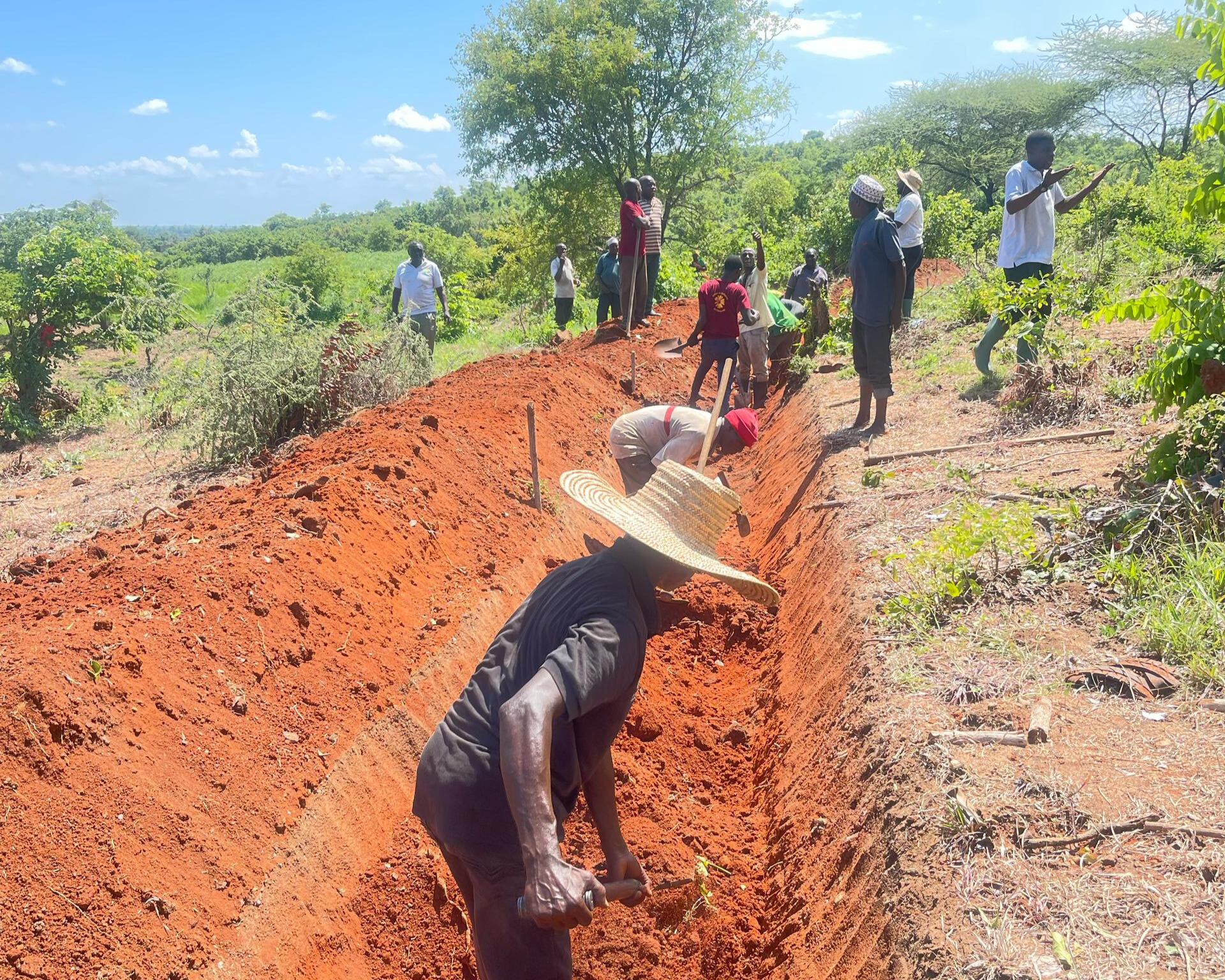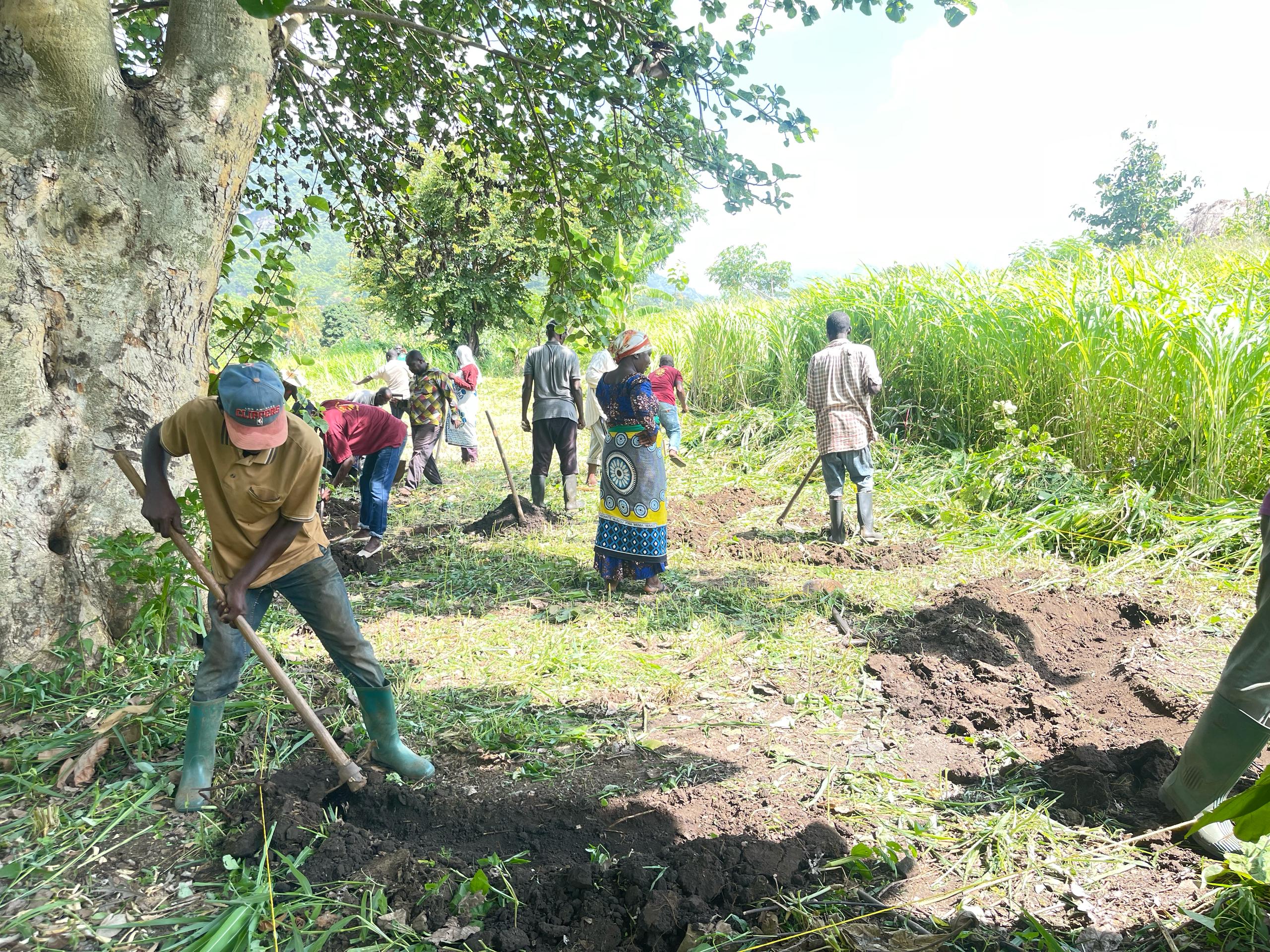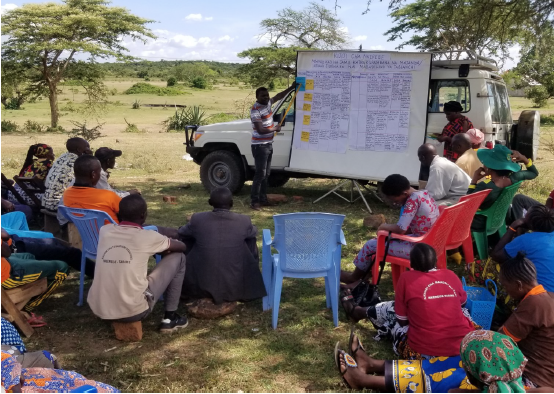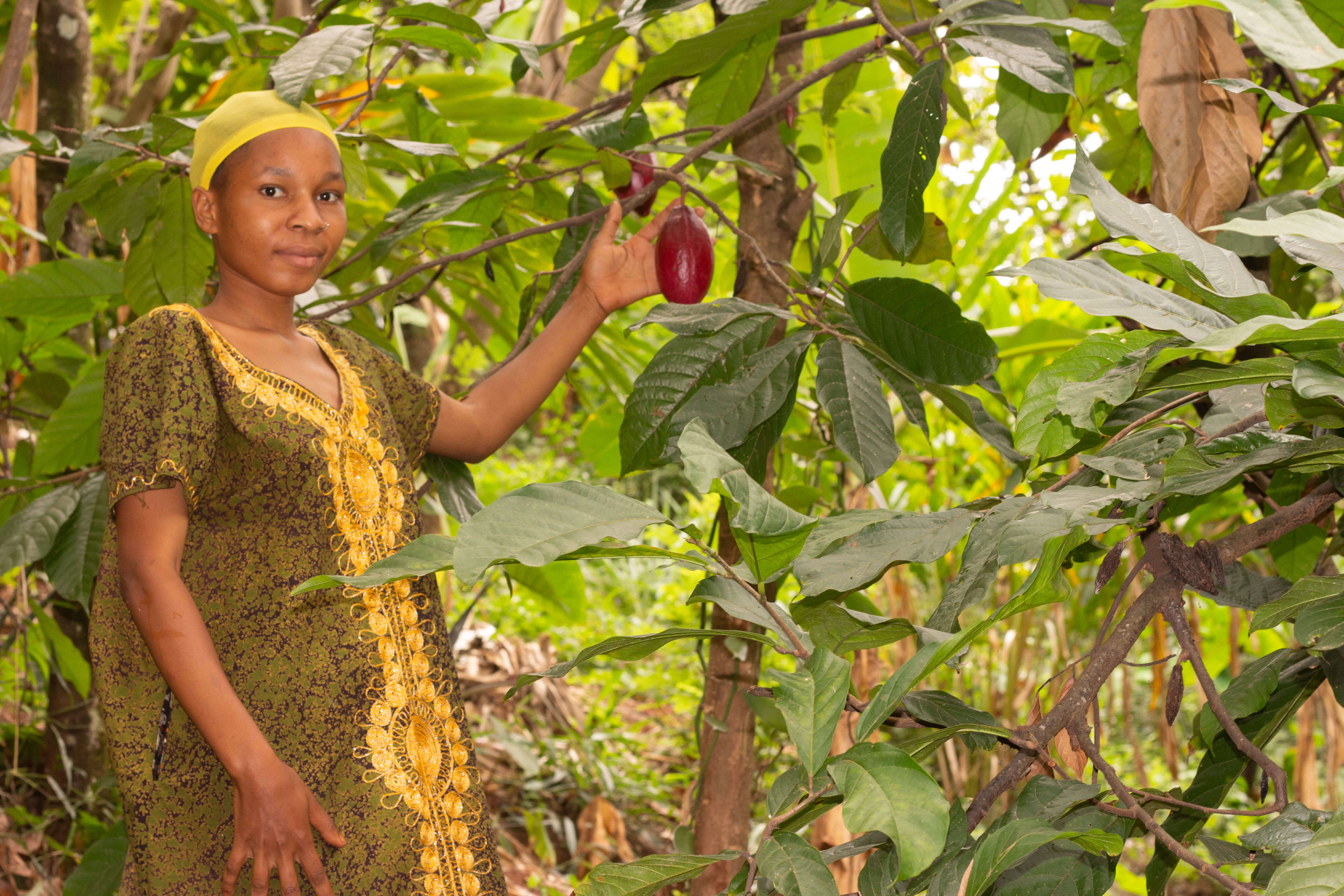A Living Model: Showcasing Climate Solutions for Resilient Communities

Sustainable Agriculture Tanzania (SAT) launched a new chapter in climate adaptation: The transformation of Msufini Village into a Climate Resilient Model Village (CRMV). This initiative builds on the success of previous pilot communities and aims to showcase practical, community-led adaptation strategies that respond to the realities of climate change.
Where the Seeds Were Sown
In Msufini, a small village tucked below the hills of Mvomero District, life has always revolved around the land. Farmers knew the rhythm of the seasons – the planting, the harvest, the dry months, and the longed-for rains. But those patterns eventually began to unravel. Rains arrived late or not at all, the soil lost its vitality, and harvests could no longer be counted on.
The signs of climate change were no longer distant; they were at the villagers’ doorsteps. Amid this uncertainty, a new idea began to take root not just in the fields, but in the hearts of the people: What if Msufini could become more than a village? What if it could become a living model of climate resilience, where solutions were not only discussed but demonstrated in everyday life?
"I believe this project was initiated to address disasters caused by climate change. Before receiving training, we tried to cope with challenges like drought, floods, and strong winds by building soil bunds to retain water and planting wild grasses. But these were not formal methods, and we had already caused significant damage. After the training, we’ve been able to establish tree nurseries to help restore the environment. And because much of the damage was occurring around water sources, we were taught to plant fodder grasses for livestock, so they no longer encroach on those sensitive areas." Asha Salehe, farmer from Msufini Village
Selection Based on Commitment
Msufini Village was selected for this initiative based on the dedication and activeness of its community-based champions. These individuals had already demonstrated exceptional commitment in implementing climate adaptation strategies and are now leading the way in turning their village into a living example of resilience.

What the Climate Resilient Model Village (CRMV) Offers
The CRMV serves as a demonstrative learning site, where locally led climate adaptation practices and technologies will be showcased. These practices are selected by community members with guidance from SAT’s Participatory Climate Risk Assessment Hub (PCRAH) Team, ensuring they reflect both socio-economic and biophysical realities and are rooted in indigenous knowledge.
Empowering Local Champions
Transformation doesn’t begin with grand speeches. It begins with muddy boots, calloused hands, and the quiet determination of local champions. At SAT, we believe that real change is rooted in the soil, and it’s our job to help communities cultivate it. That’s why we equip community-based champions with the tools they need to lead the way. From farming essentials like wheelbarrows, watering cans, and gumboots to tree seeds for nursery establishment and cacao seedlings for agroforestry, these champions receive more than gear – they receive trust.
But tools alone aren’t enough. We walk alongside them through hands-on training in sustainable farming techniques like contour terraces, Vianzi pits, and halfmoon methods. These practices aren’t just technical. They are transformative, helping to restore degraded land and improve food security.
Each champion becomes the heartbeat of their CRMV site, guiding neighbours, sharing knowledge, and proving that change is possible. They are custodians of progress, showing others how to replicate success and build resilience.

Technical Support and Monitoring
From the moment a CRMV is introduced, SAT provides ongoing technical support that we call “backstopping” – to ensure they’re equipped to tackle real challenges. Our team makes regular follow-up visits, not just to check boxes, but to listen, learn, and adapt. These visits help us understand what’s working, what’s not, and how we can refine strategies to make the CRMV even more impactful.
We also help document their journey capturing stories, data, and lessons that can inspire others and guide future efforts. Because when something works, we want it to grow. We want it to scale. And we want it to last.
A Model for the Region
In the heart of our communities, change doesn’t happen overnight. It’s nurtured, step by step. That’s why SAT doesn’t just launch the CRMV and walk away. We walk beside the villagers. Msufini is more than a local project – it’s a regional learning hub. Neighbouring communities are invited to observe, learn, and adopt proven strategies that enhance resilience, food security, and sustainable land use.
“Congratulations to the Msufini Village PACDR Champions group for your commendable work. I encourage you to strengthen collaboration with other groups in Hembeti and neighbouring wards to raise and plant tree seedlings in the fight against climate change, with support from Sustainable Agriculture Tanzania (SAT)”. Jonas Julius Kobelo, PACDR Champion – Dihombo
The project is kindly supported by Brot für die Welt.







